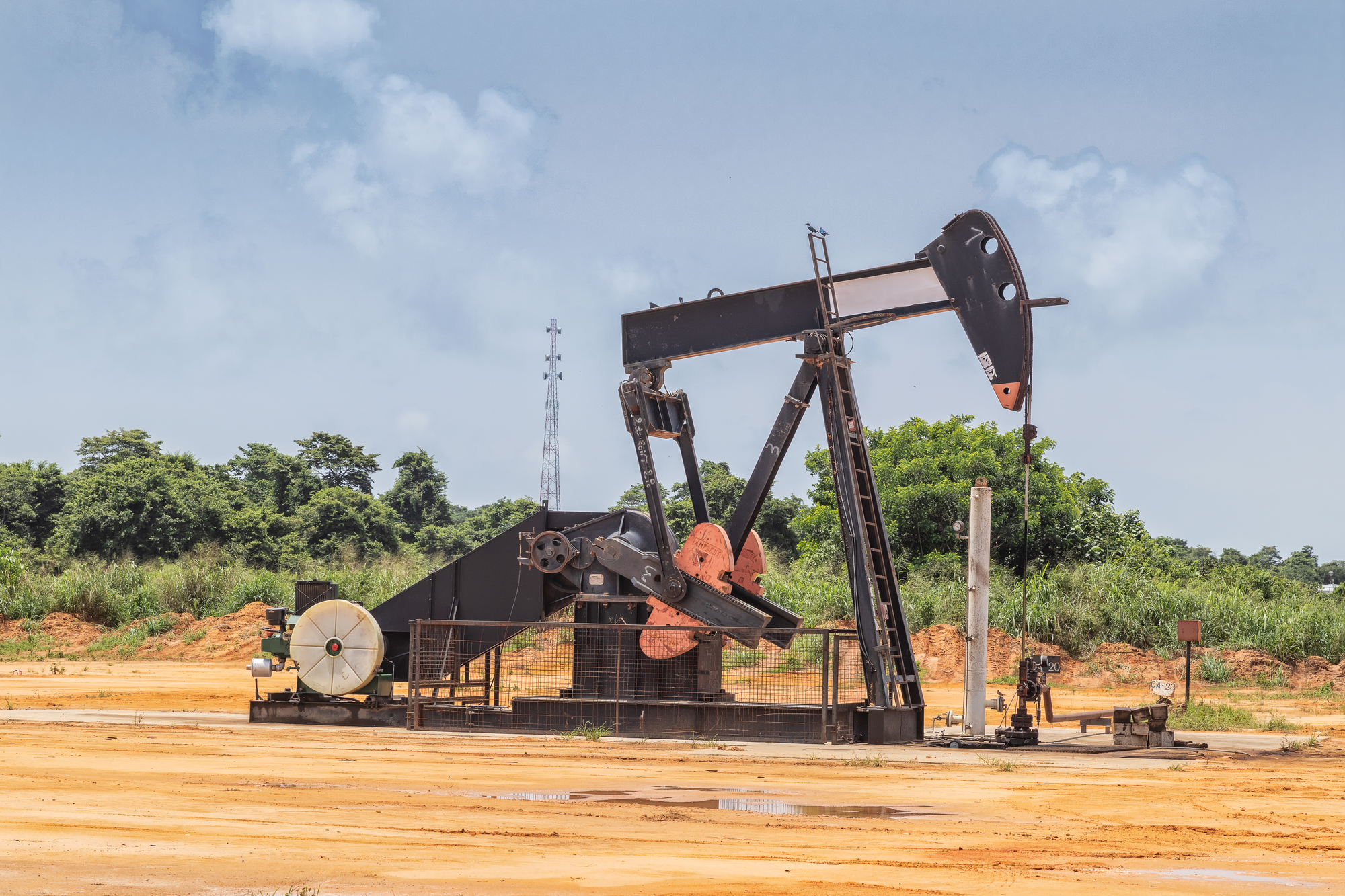Girassol Crude Oil of Angola: Its History, Production, and Operations
Girassol crude oil is a light, sweet crude oil produced from the residual bitumen in the Girassol formation. The deposit has been known to contain crude oil since the 1930s but was not commercially viable until the mid-1990s when South Africa introduced an extraction process known as ‘in-situ’ bitumen upgrading.
Today, production from Angola accounts for over 60% of global Girassol production and nearly 80% of total African output.
As such, traders must thoroughly understand West African crude oil to make informed investing decisions. This article will cover everything you need to know about the Girassol Crude blend from Angola and how it fits into the WAF oil market.
What is Girassol Crude Oil of Angola?
Girassol crude oil is a light, sweet crude oil produced from the residual bitumen in the Girassol formation. The deposit has been known to contain crude oil since the 1930s but was not commercially viable until the mid-1990s when South Africa introduced an extraction process known as ‘in-situ’ bitumen upgrading.
This process involves heating the crude to create valuable hydrocarbons, with residual bitumen being one of the largest sources of unusable deposits worldwide.
Girassol crude oil is a blackish-green viscous liquid petroleum product produced from the distillation of Angola’s heavy crude oil. It is a byproduct of the oil production process and is primarily used as a feedstock for diesel fuel and kerosene production.
Girassol Crude Oil Price
The price of Girassol crude oil varies greatly depending on the global price of crude oil.
Price reporting agencies assess and publish the price of Girassol loading FOB from the Girassol FPSO, with a typical cargo size of 1 million barrels.
Differentials to the Dated Brent Strip are also published.
The value of Girassol crude is typically calculated by applying the market differential to the current Dated Brent value. Therefore, the prevailing market differential is also published separately.
History
Girassol crude oil of Angola was first discovered in the early 20th century. It is a light, sweet crude oil found in the country’s southwestern part. The area around Angolan Rivers produces almost a third of the world’s supply. In addition, the region has large deposits of tar sands, which can be converted into diesel and gasoline. Girassol accounts for more than 60% of Angola’s domestic production.
Angola is also the world’s ninth-largest producer of natural gas. Most of this gas is used for cooking and heating homes and businesses. The country also exports more than 4 million barrels of petroleum per day to other countries in Africa, Europe, and Asia.
Girassol crude oil is a blackish-green viscous liquid petroleum product produced from the distillation of Angola’s heavy crude oil. It is a byproduct of the oil production process and is primarily used as a feedstock for diesel fuel and kerosene production.
Girassol Production and Distribution
Angola is considered a significant producer of Girassol crude oil. Production has steadily increased over the past decade and is forecast to continue to rise in the coming years.
Girassol estimated reserves are around 630 million barrels of crude oil. The field started producing in December 2001, and the average production from Girassol is now roughly 240,000 bpd (barrels per day).
The subsea production system includes 39 wells and 23 producers.
The primary offloading system includes a buoy roughly a mile from the FPSO. This can accommodate tankers up to 350 thousand tons and operates an offloading rate of 38 KBD/hr through two steel 16″ pipes.
Tandem offloading can accommodate tankers up to 200 thousand tons at a typical offloading rate of 50 KB/hr.
Operations primarily drive the country’s growth that oil majors like BP, Chevron, Exxon Mobil, and Royal Dutch Shell operate. Most crude oil is transported to Asia or Europe to be refined into usable hydrocarbons.
In addition, crude oil is also transported to the United States, where it is frequently used as feedstock to refine gasoline and diesel.
Import is a significant aspect of Angola’s Girassol crude oil production. Since the country cannot meet its demand, it must import the necessary amounts of crude oil.
The majority of the imported crude oil comes from Russia and Saudi Arabia, although several other countries also export to Angola.
Owners and Operators of Girassol Crude Oil in Angola
TotalEnergies is the operator of Block 17 (owning 38%), with its partners including Equinor (22%), ExxonMobil (19%), BP (16%), and Sonangol P&P (5%).
Sonangol was allowed to buy into the production license in 2019 for Block 17 until 2045.
Other operators include:
- BP has two significant projects that account for roughly 50% of the country’s total output.
- Chevron has several assets on the country’s prolific Block 22.
- Conoco Phillips has many projects in Block 23.
- Exxon Mobil is another producer of crude oil in Angola, with assets on Block 32 and Block 33.
Bottom line
Girassol crude oil is a light, sweet crude oil produced from the residual bitumen in the Girassol formation. The deposit has been known to contain crude oil since the 1930s but was not commercially viable until the mid-1990s when South Africa introduced an extraction process known as ‘in-situ’ bitumen upgrading.
As a result, the price of Girassol crude oil varies greatly depending on the global price of crude oil. Operations primarily drive the country’s growth that oil majors like BP, Chevron, Exxon Mobil, and Royal Dutch Shell operate.






0 Comments